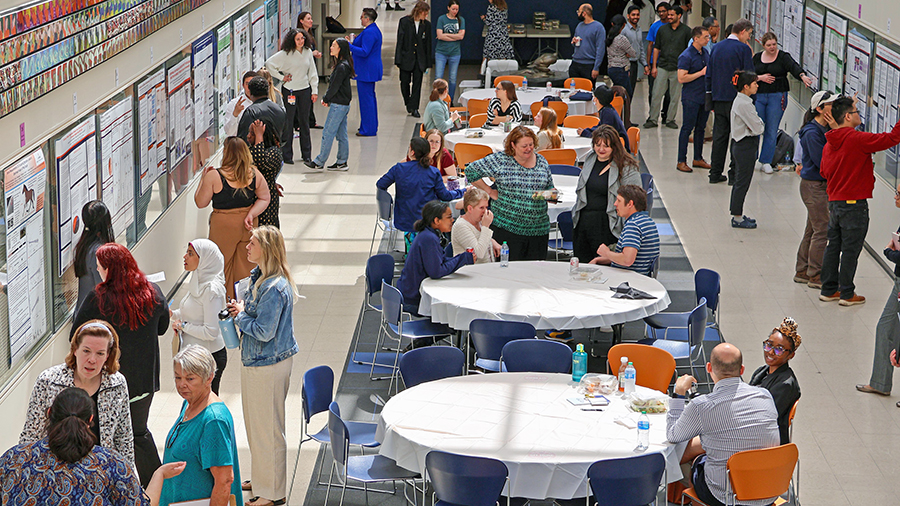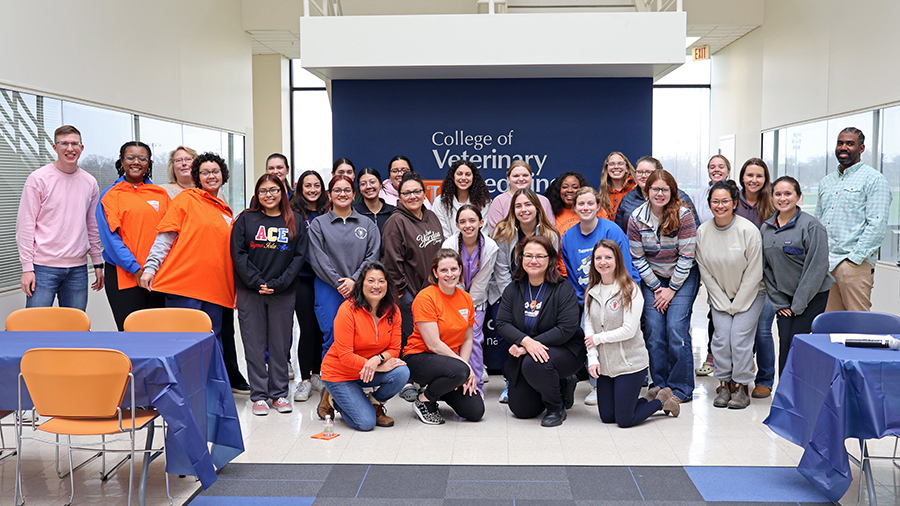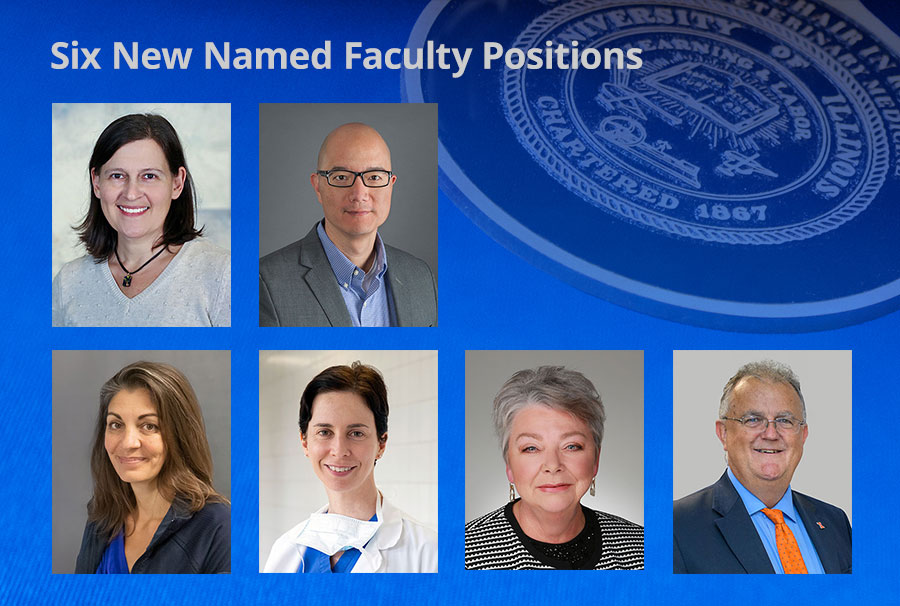The COVID pandemic took off in the United States in early 2020. It wasn’t long before the virus showed up in the non-human population as well.
Dr. Leyi Wang, a veterinary virologist within the University of Illinois Veterinary Diagnostic Laboratory (UI VDL) who literally wrote the book on coronaviruses in animals, has spent the intervening months at the forefront of virus detection, both in animal species and, in a different capacity, in people.
18 Months, 1558 COVID Samples in 50+ Animal Species

On April 3, 2020, UI VDL received samples taken from the nose and throat of Malayan tiger. The tiger was one of seven big cats at the Bronx Zoo that were showing respiratory signs in line with infection by SARS-CoV-2, the virus that causes COVID-19. The Illinois lab’s positive test results were confirmed the following day by the USDA National Veterinary Services Laboratories (NVSL) in Ames, Iowa. This was the first instance of a big cat in a zoo being infected with COVID, but it was not the last.
Since then, UI VDL has completed more than 1,500 tests for SARS-CoV-2 in animal samples. The tests have come back positive for the virus in seven of the more than 50 species tested.
The most recent positive tests, confirmed by the NVSL on October 6, 2021, were in a binturong and a fishing cat at a U.S. zoo. The results represent the first instances in which these species were confirmed to have the SARS-CoV-2 virus in the United States.
(Binturongs, also known as bearcats, are native to Southeast Asia. They have long bushy tails that account for about half their length of around 5 feet. Fishing cats come from the same region and are about twice the size of domestic cats. Both species are considered vulnerable.)
Go-To Laboratory for Zoo Pathology
“We have received samples from more than a dozen zoos and aquaria across the United States,” said Dr. Wang. Samples represent a wide variety of species, from dogs, cows, and pigs to big cats, non-human primates, and even marine mammals.
“Our ability to rapidly identify the virus in managed wild species assists the veterinarians who oversee their care. The goal is to limit the spread within those institutions and to make the best health care decisions for their collection.”
UI VDL also tests environmental samples sent in by these institutions to evaluate possible means of disease spread. The data contribute to the protection and management of species and to the understanding of the coronavirus.
Dr. Wang works closely with Dr. Karen Terio, who heads the Zoological Pathology Program within the UI VDL, on every submission that comes from zoos or aquaria to be tested for COVID. The stature and breadth of the zoo pathology program, along with the coronavirus expertise of Dr. Wang, account for the large number of samples sent to the Illinois lab.
Testing in People: UI SHIELD Program Exceeds 2.6 Million Tests
Dr. Wang simultaneously played a vital role in the human side of the COVID-19 pandemic. Over the spring and summer of 2020, the University of Illinois at Urbana-Champaign developed a plan to enable the safe return of students to campus for the fall 2020 semester. Dr. Wang was part of the team that devised a saliva-based test that bypasses RNA extraction and is rapid, non-invasive, highly accurate, and relatively inexpensive. He also helped create and oversee a special unit within UI VDL to process the saliva samples.
The COVID testing lab became a key component of the campus’s SHIELD program. It tested 2,372,146 samples from students and employees of the university between July 6, 2020, and October 19, 2021. It also processed tests for other locations. The lab presently processes around 2,500 tests a day, down from 10,000 or more a day before the COVID vaccine was widely available.
Additionally, the saliva-based test and notification system has been made available to hundreds of institutions in Illinois and beyond. On August 23, Dr. Wang was among 28 individuals from the three University of Illinois campuses to receive the Presidential Medallion. The recognition hails their “ingenuity and dedication” that “saved lives on our campuses, in the surrounding communities, and well beyond.”

![[Leyi Wang]](https://vetmed.illinois.edu/wp-content/uploads/2021/10/leyiwang.jpg)
![[Dr. Leyi Wang with Presidential Medallion]](https://vetmed.illinois.edu/wp-content/uploads/2021/08/Wang-ShieldMedallion-210823-046-1-683x1024.jpg)


